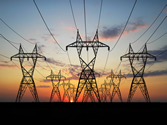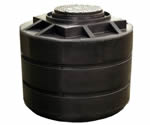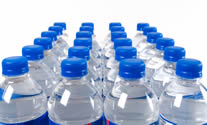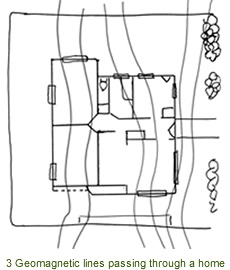07 Jul Drinking Water
DID YOU KNOW? There has been a paradigm shift in our understanding of how fluoride works, which has validated the use of fluoridated toothpaste to reduce the incidence of tooth decay, and simultaneously abandoned the outdated notion that drinking fluoridated water or taking fluoride pills makes...





